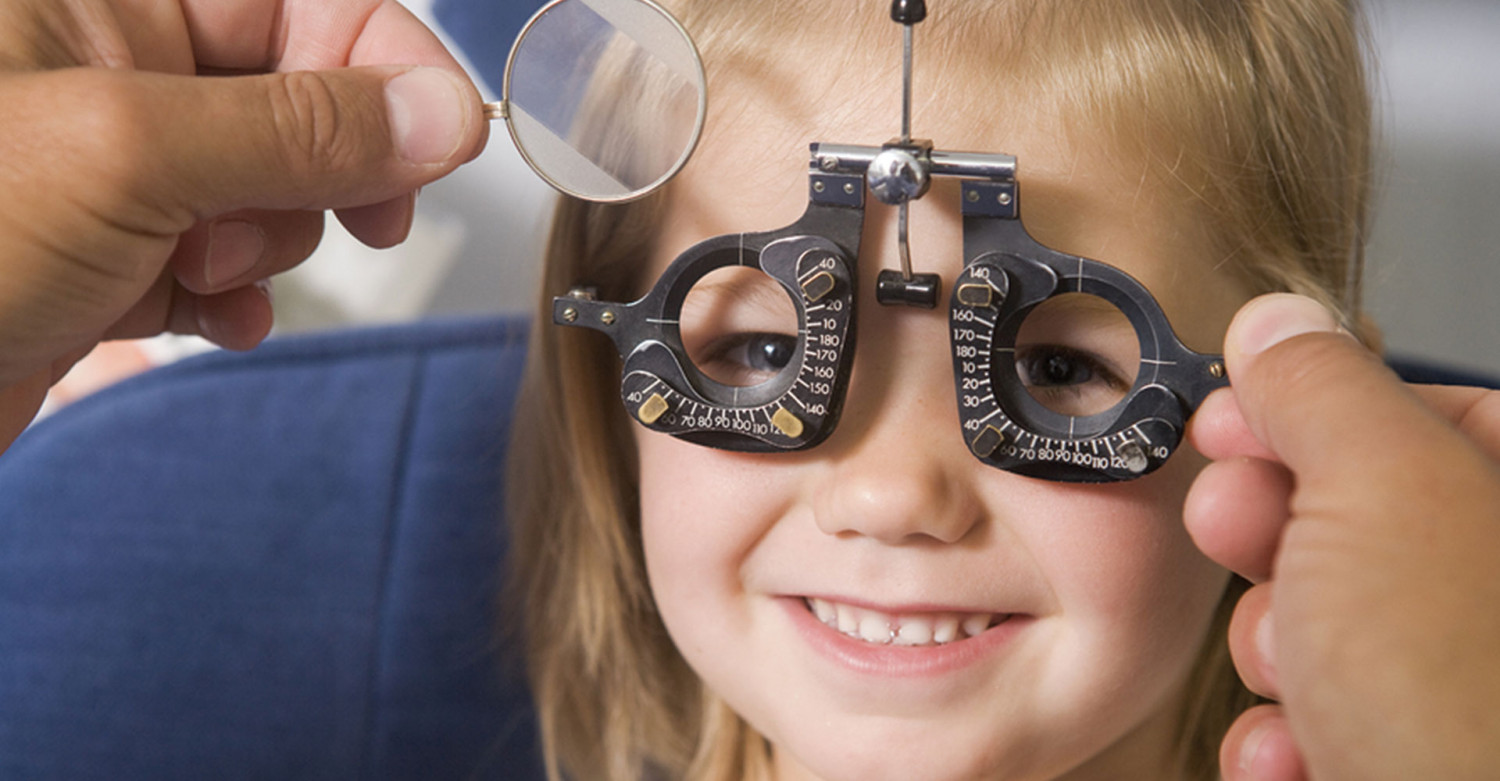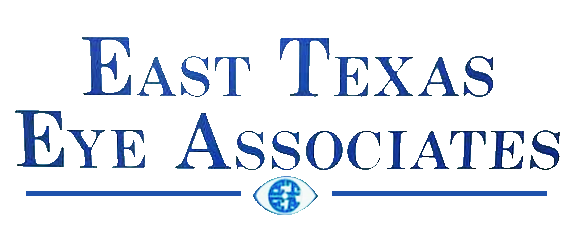

TREAT AMBLYOPIA (LAZY EYE)
"Lazy eye" is a funny-sounding nickname for a serious functional vision impairment. This disorder, more properly known as amblyopia, is actually the leading cause of vision loss in children - and it can affect adults as well. If it turns out that any member of your family is suffering from unequal eye dominance that limits depth perception, rest assured that the condition can be successfully corrected. Our ophthalmologists can diagnose amblyopia and prescribe the appropriate treatments to help restore normal binocular vision.
What Is Amblyopia?
Amblyopia is a developmental problem in the communication pathways between the eyes and the brain. During childhood, these organs learn how to work as a team, with the brain receiving images from both eyes and combining them into a three-dimensional final result. This achievement, known as binocular vision, is what makes normal depth perception possible. If anything interferes with the development of this visual processing routine, the brain may come to "prefer" one eye's image over that of the other. If this happens, the less-favored image may be ignored or switched off altogether by the brain. While this may still provide a clear image, it can make judging distances impossible, threatening a growing child's physical coordination, balance and safety. Outward symptoms of amblyopia include:
- One eye that appears to gaze inward or outward while the other looks straight ahead
- Constant tilting of the head
- Squinting or closing one eye to see better
- An unhappy reaction when you cover one of your child's eyes (the "good" or favored eye)
Amblyopia Diagnosis and Treatment From Your Ophthalmologist
Your ophthalmologist can determine whether your loved one suffers from amblyopia by performing a comprehensive eye and vision exam. The eye function tests administered in this exam can reveal issues such as strabismus, while the eye health evaluations allow us to check for physical problems in the eye itself. Vision testing can uncover a case of refractive amblyopia which might not otherwise show any obvious signs. Treatment options range from corrective lenses for refractive errors to exercises that improve muscular control and eye alignment. Patching of the "good" eye can re-train the brain to make better use of the data from the "lazy" eye.
